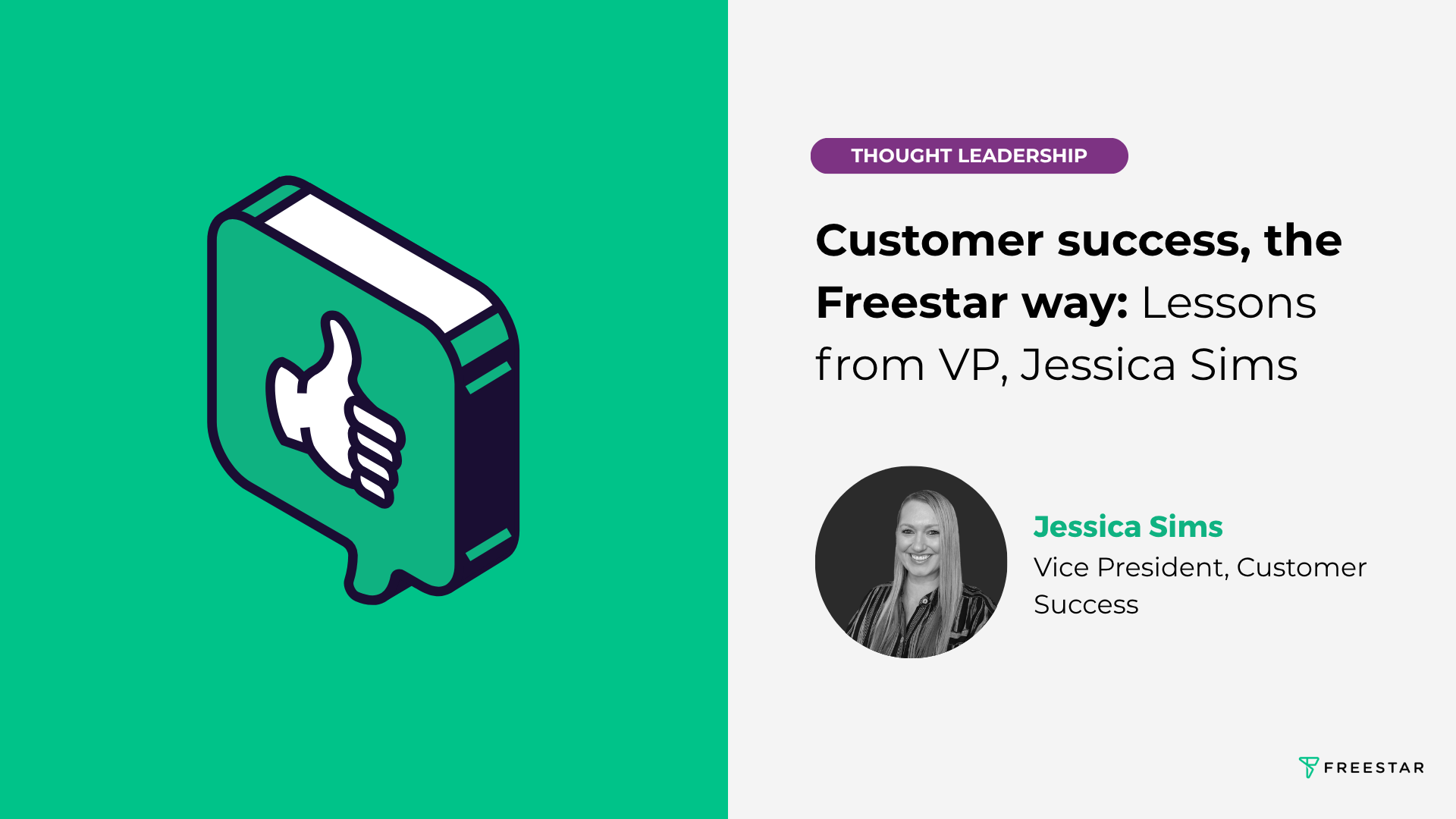In the ever-evolving landscape of digital advertising, publishers are constantly seeking ways to optimize their revenue streams. One of the most impactful strategies for increasing revenue is through higher CPM (Cost Per Thousand Impressions) rates, which directly tie to how effectively ad inventory is monetized.
But first, what’s an Identity graph solution?
It denotes creating a unified view of a user behavior by connecting various data points across multiple devices, channels, and platforms. This holistic view is often referred as an “Identity Graph (ID)” solution
Implementing an Identity (ID) Graph solution is key to achieving these higher CPMs, as it allows for more precise audience targeting and better ad personalization. Without leveraging an ID Graph, publishers aren’t just missing out on premium ad deals—they’re leaving significant revenue on the table. Here’s how:
1. Enhanced Audience Targeting
ID Graphs aggregate user data across various devices and platforms, creating a unified view of the user. This allows advertisers to target their desired audiences with precision, leading to more relevant ads being served since it becomes targeted. When advertisers can reach their ideal audience, they’re willing to pay a premium, resulting in higher CPMs for publishers, resulting in revenue uplift.
2. Improved Ad Personalization
With an ID Graph, personalization goes beyond basic demographics. Advertisers can tailor their messages based on user behavior, interests, and intent. Personalized ads tend to perform better, attracting higher bids and boosting CPM rates. ID graphs also support Dynamic Creative Optimization (DCO) by giving the right data to tailor ad creatives dynamically based on the user profile.
3. Cross-Device Tracking
Users today interact with content across multiple devices and platforms ID graphs can recognize the same user across different devices, ensuring ads are delivered in a consistent and targeted approach which helps in providing a comprehensive view of the user journey. Advertisers value this cross-device consistency as it offers more targeted and premium ad placements, which can drive up demand and, consequently, CPMs.
4. Reduced Wasted Impressions
By accurately identifying and targeting users, ID Graphs minimize wasted impressions on non-relevant audiences. This efficiency makes your inventory more valuable to advertisers, who are willing to pay more for effective ad placements, thus not only increasing your CPM but also create a frequency cap to enable optimized ad delivery.
5. Strengthened Data Privacy Compliance
In a world increasingly focused on data privacy, ID Graphs help ensure compliance with regulations like GDPR and CCPA. When advertisers feel confident that their ads are served in a privacy-compliant environment, they’re more likely to invest.
6. Access to Premium Demand
ID Graphs open the door to premium demand partners who prioritize quality and precision in their ad buys. This access to high-caliber advertisers means higher bids for your optimized ad inventory and dynamic pricing as it enables a more sophisticated programmatic strategy including dynamic pricing that adjust based on user profiles and demand.
7. Better Audience Segmentation
With the detailed insights provided by an ID Graph, you can create more granular audience segments. Advertisers are willing to pay more for specific, high-intent segments, as opposed to broad, less-targeted groups that align with the target demographics and behavioral patterns.
8. Enhanced Attribution Models
ID Graphs offer improved attribution capabilities, allowing advertisers to understand better the customer journey and the impact of their ads. Clear, accurate attribution increases the perceived value of ad placements, encouraging advertisers to invest more, as it allows them to understand the campaign effectiveness better and justify spends.
9. Increased Buyer Confidence
When advertisers know they’re getting accurate, reliable data from ID Graphs, their confidence in placing higher bids grows. They have better control over where and to whom the ads are being served which builds brand safety. This trust translates to higher demand for your inventory and, ultimately, better CPMs.
10. Future-Proofing Against Third-Party Cookie Deprecation
As the industry moves away from third-party cookies, ID Graphs are becoming essential for maintaining accurate targeting capabilities as reliance on first-party data increases Publishers who adopt ID Graph solutions now are better positioned to command high CPM rates in a cookie-less future, avoiding the revenue dips that come with outdated methods.
Don’t Miss Out: Get Ahead with ID Graph Solutions
The ad tech landscape is rapidly changing, and staying ahead of the curve is crucial for maximizing your revenue. By integrating an ID Graph solution, you can significantly boost your CPM rates, attracting premium advertisers who value precision, personalization, compliance, and a better return on investment.
At Freestar, we specialize in helping publishers navigate these complexities and optimize their monetization strategies. Don’t let the competition leave you behind—contact us today to learn how we can help you implement an ID Graph solution and unlock your full revenue potential.






